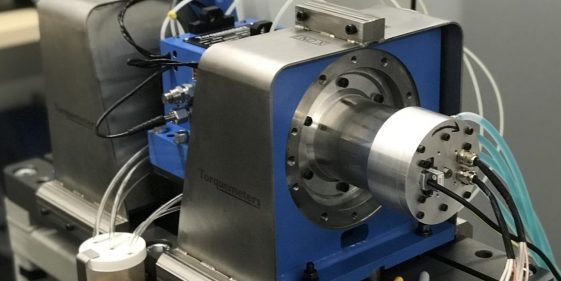UNSFW engineers announce new high-speed electric motor
Engineers at the University of New South Wales (UNSW) have built a new high-speed motor which has the potential to increase the range of electric vehicles. The design was inspired by the shape of the longest railroad bridge in South Korea and is capable of achieving speeds of 100,000 RPM.
The maximum power and speed of 100,000 revolutions per minute achieved by this novel motor have successfully exceeded and doubled the existing high-speed record of laminated IPMSMs (Interior Permanent Magnet Synchronous Motor), making it the world’s fastest IPMSM ever built with commercialized lamination materials, according to the researchers. Most importantly, the motor is able to produce a very high power density and significantly reduces the use of rare earth materials, which would save on weight and construction costs.
“One of the trends for electric vehicles is for them to have motors which rotate at higher speeds,” says Dr Guoyu Chu from the UNSW School of Electrical Engineering and Telecommunications. “Every EV manufacturer is trying to develop high-speed motors and the reason is that the nature of the law of physics then allows you to shrink the size of that machine. And with a smaller machine, it weighs less and consumes less energy and therefore that gives the vehicle a longer range. With this research project, we have tried to achieve the absolute maximum speed, and we have recorded over 100,000 revolutions per minute and the peak power density is around 7kW per kilogram.”
The electric drive system is also scaleable, and the power and speed can be adjusted. The researcher adds that it would take around 6-12 months to modify the motor to suit Tesla’s needs, for example. “We have our own machine design software package where we can input the requirements of speed, or power density and run the system for a couple of weeks and it gives us the optimum design that satisfies those needs,” said Dr Chu.





1 Comment